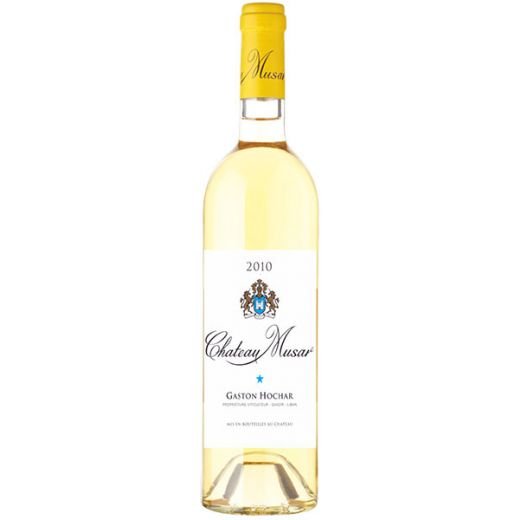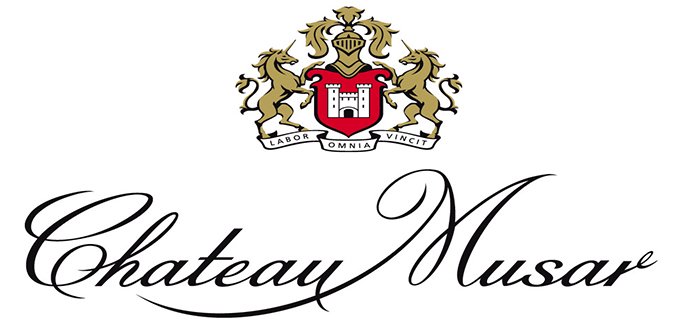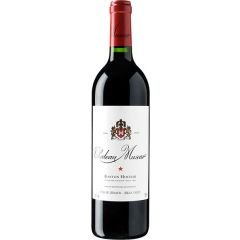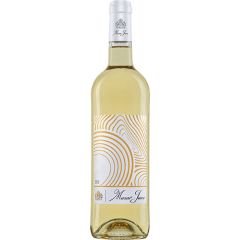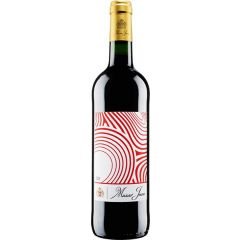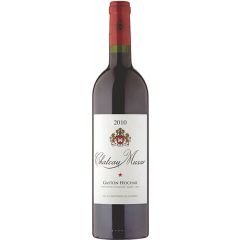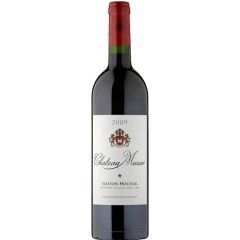Chateau Musar White 2010
This was the year of the heatwave in Lebanon which lasted for 23 days as from the 10th July. The Chateau White 2010 was a very small vintage despite the fact that the indigenous white varieties, Obaideh and Merwah were less affected by the intense heat as the microclimate of the Lebanese mountains resisted the heat far better than the Bekaa Valley floor.
Tasting Notes
It is bright lemon in colour with pears, thyme, pine resin and lemongrass on the nose. The palate has an oily character but with zingy lemon acidity on the finish. There are herbs, pine and citrus flavours – a distinctive white vintage with excellent ageing potential.
พันธุ์องุ่นผสม (Grape Blended)
รสสัมผัส (Palate)
สี (Colour)
กลิ่น (Aroma)
รสสัมผัส (Palate)



Chateau Musar White 2010
The 2010 vintage was fermented and aged partly in new oak barrels for 9 months and partly in stainless steel vats with temperatures ranging between 18 and 22 degrees Celsius. Normally Obaideh reaches higher alcohol than the Merwah but they balance each other in the blend – this year however, both reached lower alcohol levels (Merwah 11.5%) and when it has lower alcohol, it tends to dominate the Obaideh, so although it is only 40% of the blend, it is more obvious.
A guide to the style
In their youth: yellow-gold, subtly oaky, and creamy-textured, rich yet dry and intensely citrusy, with honeyed nuances. Wholly unique, the style has been described as resembling ‘dry Sauternes’ or mature white Graves. Chateau Musar Whites develop tawny hues and mellow spicy characters as they age. The cellars at Ghazir holds bottles of this wine dating as far back as 1954.
Grapes and vines
Seven years in the making, Chateau Musar White is a blend of ancient grape varieties Obaideh and Merwah, indigenous to the mountains of Lebanon and said to be related to Chasselas Chardonnay and Semillon. The Obaideh vineyards are in the foothills of the Anti-Lebanon mountains on stony, chalky soils, while the Merwah vines are on the seaward side of Mount Lebanon, on calcareous gravels. Yields are very low for these untrained bushvines: 10 – 20 hl per hectare. At high altitude (around 1400m) they are still on their own roots, among very few vineyards in the world of this calibre.

